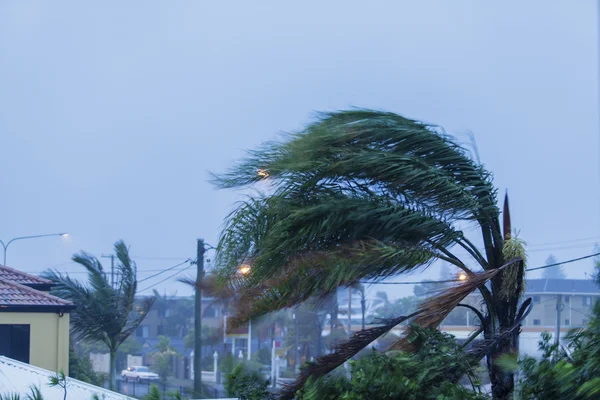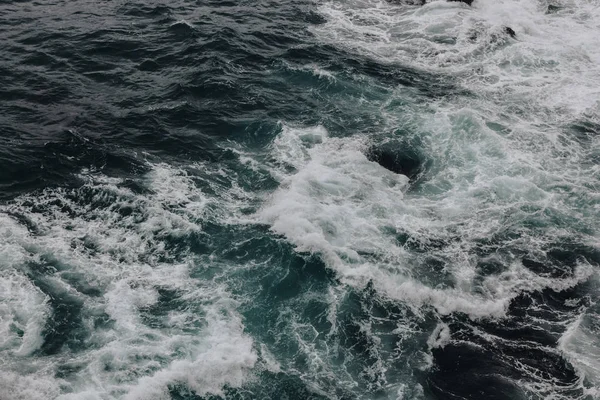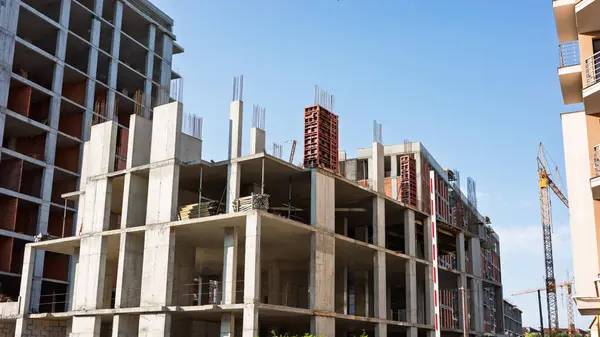
How does a nation brace for the strongest storm in its recorded history? The question is less rhetorical and more of an urgent reality as Hurricane Melissa tears across Jamaica with 185-mph winds. Already, this Category 5 hurricane has ripped through the Caribbean, leaving residents, tourists, and emergency responders racing against time to protect life and whatever else they can salvage.

1. A Storm Fueled by Unprecedented Conditions
Meteorologists trace the origin of Melissa to a cluster of thunderstorms off West Africa in mid-October. By October 26, it had surged into a Category 4 and within hours, intensified into a Category 5 system. Ocean temperatures in the Caribbean are up to 2°F above average, providing the perfect fuel for rapid intensification. The storm’s central pressure dropped to 892 millibars lower than Hurricane Katrina making Melissa one of the most powerful Atlantic systems in modern history.

2. Landfall and Immediate Impact
Melissa made landfall along Jamaica’s southwestern coast near Black River, bringing with it catastrophic winds, heavy rain, and storm surges as high as 13 feet. St. Elizabeth Parish is “severely flooded,” with such hospitals as Black River losing power and evacuating patients. Landslides, snapped utility poles, and flooded roads have cut off communities. Close to 540,000 people, 77% of Jamaica’s electricity customers, are without power, while almost 15,000 have taken up refuge in emergency shelters.

3. Human Stories Amid the Chaos
From Kingston to Montego Bay, personal accounts reveal the anxiety and resilience of those sheltering in place. Michelle Robinson, who couldn’t get her apartment windows boarded up, had stocked water, food, and batteries. “We’re just riding it out,” she said. In Montego Bay, Kate Nguyen described sleeping on camp beds, too anxious to rest. Maritza Caver-Blake, stranded far from her children, admitted, “We’ve been praying a lot.” These voices echo the storm’s emotional toll, underscoring the need for psychological as well as physical recovery.

4. Why Anxiety Spikes During Extreme Weather
Disasters unleash a domino effect of individual stressors-fear of the unknown, loss of control, and the unceasing barrage of wind and rain. Limit exposure to the constant news briefings and focus on communicating with loved ones and engaging in tasks that are at hand. According to Mental Health America, “Talk about it spend time with friends and family take one thing at a time.” This will keep overwhelming emotions within manageable limits.

5. Lessons from Past Hurricanes
Jamaica has weathered storms before Gilbert in 1988, Dean in 2007, and Beryl in 2024 but none matched Melissa’s intensity. Past recovery efforts highlight the importance of coordinated logistics, resilient infrastructure, and community-based aid networks. The Jamaican Defence Force is mobilizing for relief, while local government leaders recall lessons from earlier disasters to speed response once conditions allow.

6. Mobilizing Relief Efforts
International and local organizations are already on the move. The World Food Programme has prepositioned mobile warehouses, generators, and 2,000 emergency food kits. Mercy Chefs and World Central Kitchen are preparing hot meals for displaced families. Footprint Project is shipping portable solar power stations to restore communications. Airlink is transporting critical cargo for 16 NGOs, while Direct Relief is supplying medical packs to coastal health facilities.

7. The Road to Recovery
The prime minister, Andrew Holness, has warned, “No infrastructure can withstand a Category 5.” But recovery will depend on access: first clearing debris, restoring power, and reopening airports to let aid in. The WFP says the supply of food into Jamaica is very important because the country relies on imported food. Rural communities, however, are particularly vulnerable, particularly those settled along riverbanks and gullies.

8. Coping in the Aftermath
But even after Melissa is gone, the danger will linger. Downed power lines, contaminated water, and blocked roads will remain hazards for days or weeks. Other coping strategies may include maintaining routines, taking part in relaxing activities, and reaching out when distress does not go away. The Disaster Distress Helpline, 1-800-985-5990, is a resource that provides immediate 24/7 crisis counseling. Support groups locally will help people discuss experiences and rebuild a sense of community.

9. Regional Ripple Effects
The latest forecast has shifted Melissa’s track to Cuba, where more than 200,000 people are being evacuated, and the southeastern Bahamas, which is bracing for storm surges and heavy rain. Coordination across the Caribbean is essential, with regional hubs in Barbados and Panama on standby to move supplies in by air and sea. As Jamaica faces what officials call “one of the worst experiences we have ever encountered,” the mix of preparation, solidarity, and resilience will define the path to recovery. For those sheltering tonight, each act of care whether securing a roof, sharing a meal, or sending a reassuring message helps anchor hope in the midst of unprecedented loss.


